Inhaling if you have a cold
introduction
Inhaling can help heal a cold faster and relieve cold symptoms such as runny nose, sore throat, and cough. When inhaling, hot steam, which is usually mixed with herbs or essential oils, is inhaled.
The steam ensures that the attacked mucous membranes are moistened, secretions are liquefied and loosened and can therefore be coughed up more easily. It also has a decongestant effect on the mucous membrane in the nose, so that if the nose is blocked, it is cleared again and breathing is improved.
Inhalation additives such as chamomile have an anti-inflammatory and germicidal effect and can therefore also help the cold to heal. You should inhale at least twice a day, but can be repeated more often if necessary.

What are the inhalation options?
Water is used for the steam that is needed for inhalation. On the one hand you can fill a large pot with water to just below the rim and boil the water. When the water boils, the pot is removed from the stove and inhalation additives such as essential oils, flowers or herbs are added. The water can of course also be boiled with a kettle. The water can then be poured into a heat-resistant container such as a porcelain bowl or saucepan. If you want to use additives, you can put them in the container beforehand and then pour the hot water over them.
To inhale, the head is held over the pot or the bowl and a towel is placed over the head so that little steam can escape through this cover and enough steam can be inhaled.
In order to make inhaling and moistening the upper airways more effective, inhalers can be found in the pharmacy can be acquired. The water and the inhalation additive are poured into the interior of the steam inhaler. The inhalers have a mouth and nose attachment, which is similar to a breathing mask. This means that the steam only goes into the mouth and nose and does not touch the whole face.
Steam inhalers and pot inhalation only reach the upper respiratory tract. Ultrasonic nebulizers can be used to moisten the lower airways and relieve deep-seated coughs. The droplets formed by the nebulizer are smaller than those in the water vapor and can therefore penetrate deeper into the bronchi.
More information can be found here: The therapy of a cold
What should I definitely pay attention to when inhaling?
There are several things to watch out for when inhaling:
- For an inhalation to be successful, it should be carried out for at least five minutes, but better for 10-20 minutes.
- At least two rounds a day would also be good.
- When inhaling, it is best to inhale through your mouth and exhale through your nose.
- If inhaling is carried out using a saucepan or bowl, sufficient distance should be ensured between the face and the water to prevent burns.
- Eyes should be closed while inhaling to avoid irritation to the conjunctiva.
- The pot or bowl should also stand securely to prevent it from tipping over and again burning.
- After inhalation, attention should be paid to the circulation. Older people in particular are therefore advised to take a short break after inhaling and not to get up too quickly to avoid possible dizziness or fainting.
In general, care should be taken to ensure sufficient rest and rest during a cold - not just after inhalation. If circulatory problems occur more frequently, inflammation of the face, allergies to additives such as chamomile or eye diseases such as cataracts, steam inhalation should not be used or only after consultation with a doctor.
If inhalers are used, they should be cleaned well after use, otherwise there is a risk that bacteria will settle and be transmitted again when inhaling again. Pregnant and breastfeeding women should be careful with the inhalation of oils and consult their doctor beforehand.
You might also be interested in this: Exercise during a cold
What substances can you inhale with?
Inhale with chamomile tea
Classically, chamomile tea is inhaled with a cold. Chamomile has anti-inflammatory and analgesic effects and kills germs. In addition, it has a blood circulation and expectorant effect. Chamomile can be used for steam inhalation in various diseases: These include acute or chronic sinus infections (sinusitis), runny nose, sore throat and cough.
If a pot or bowl is used for steam inhalation, several bags of chamomile tea must be poured with boiling water. About three to five liters of boiling water and four chamomile tea bags should be used for each inhalation. If you have a cold, inhalation should take place at least twice a day for about 15 minutes, but can be repeated more often if necessary. In addition to chamomile tea, chamomile extracts or flowers can also be used for inhalation. If chamomile flowers are used, about a handful of three to five liters of water are required for steam inhalation. If an inhaler is used, the instructions for use regarding the dosage of the additives should be observed. Usually, some water with added chamomile is put into the top of the inhaler.
Read also: How long is a cold contagious?
Inhale with tea tree oil
Tea tree oil has a similar effect to chamomile. It is pain reliever, disinfectant and stimulates blood circulation. Therefore, it is also well suited for inhalation for colds, sore throats, coughs, sinus infections, tonsillitis or bronchitis.
In a large pot, about three to five drops of tea tree oil are added to the boiling water for steam inhalation. You inhale for about seven minutes, at least twice a day.
You might also be interested in this: How can I shorten the duration of a cold?
Inhale with salt water
Salt moisturizes the mucous membranes, has an expectorant effect and also has a disinfecting effect. Salt water is best for a stuffy nose and dry mucous membranes, but it can also be used for other colds.
If salt is inhaled, care should be taken to ensure that untreated salt is used. This means that iodized salt or salt with other additives such as herbal salt, for example, are not used. Normal, non-iodized table salt, sea salt or inhalation salt can be used. Inhalation salt is easy to prepare thanks to the portion-wise packaging. When inhaling with salt water, it is important that the correct concentration of 0.9% is chosen for it to work. This means that nine grams of salt are dissolved per liter of water. If a steam inhaler or nebulizer is used, there are ready-made solutions that are placed in the attachments of the devices.
You may also be interested in this topic: Gargle with salt water - that's how it works!
Which home remedies are suitable for inhalation?
In addition to chamomile, tea tree oil and salt, there are other additives that can be used during inhalation. On the one hand, thyme can be used, which is particularly effective against coughs and bronchitis. Thyme oil or thyme herbs can be used for this.
Sage and eucalyptus also have a calming effect on the airways when coughing and can support coughing. Mint oil has an antibacterial effect. It also widens the airways, has a cooling effect and thus alleviates the symptoms of a cold. Pine needle or pine needle oil can also be used for inhalation and have a disinfectant effect and clear the nose.
Find out more at: Home remedies for a cold
Recommendations from our editorial team
- Naturopathy for a cold
- Can you go to work with a cold?
- Why do you get a cold from the cold?
- When do you need antibiotics for a cold?
- Cold during the summer





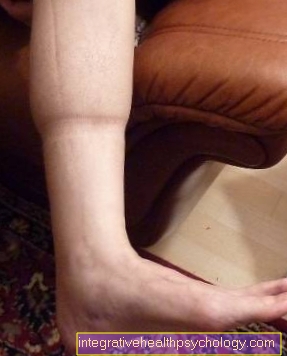



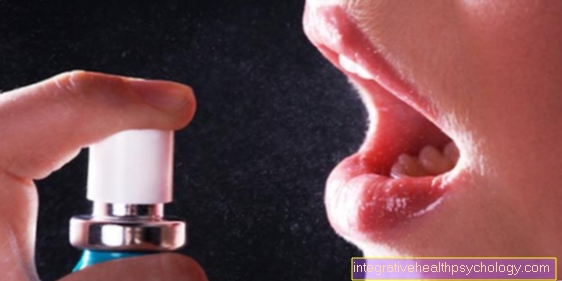
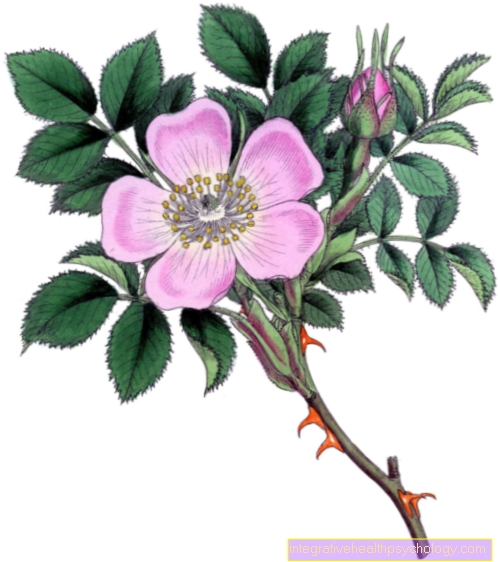


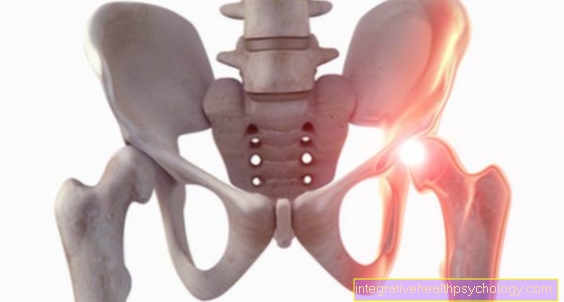


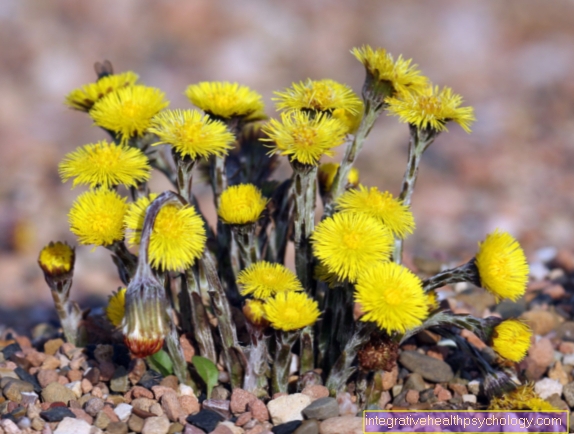

.jpg)










